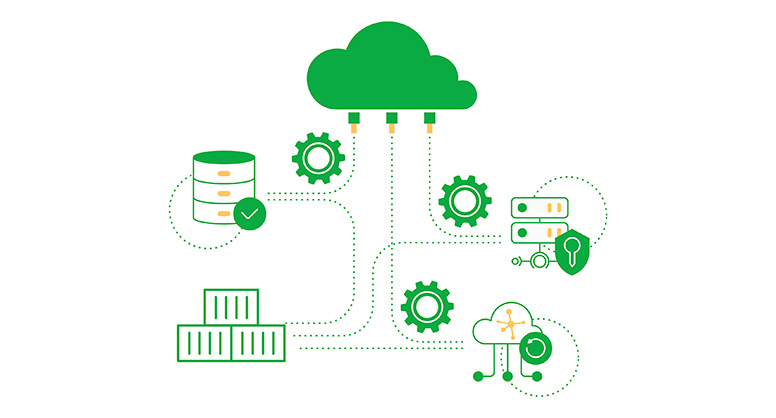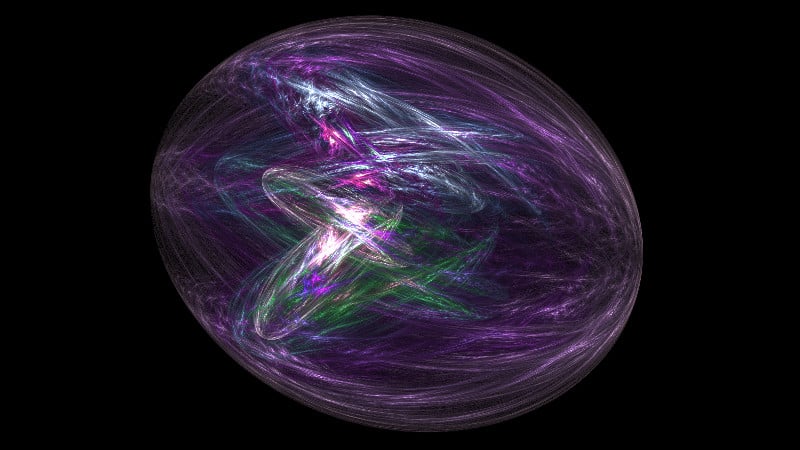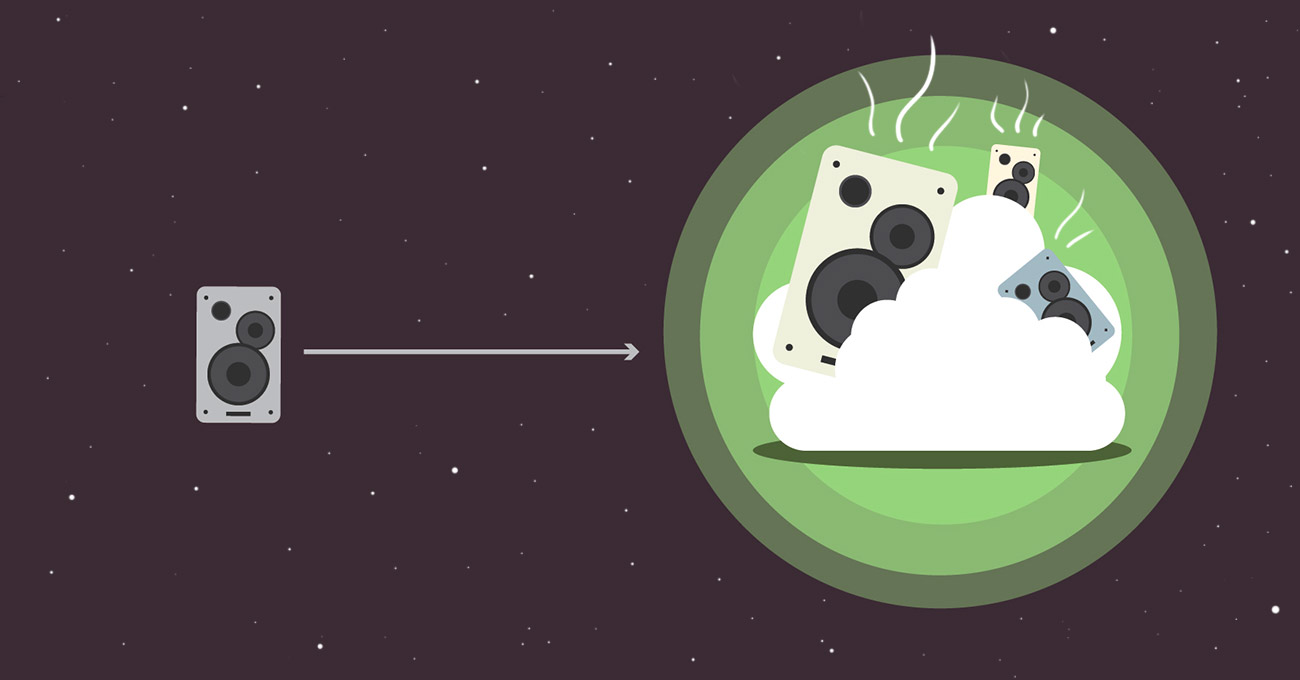Both virtual machine (VM) technology and container technology are crucial for cloud computing. These are virtualization tools that are designed to make the cloud hosting environment much more portable and user-friendly. Each of these technologies has its unique characteristics that determine its specific pros and cons. However, in recent years more and more companies have started to turn towards containerization. …
How to use vnStat and iftop to monitor data consumption within a VM
In the generation of cloud computing, virtual machines (VMs) have become very common, while the usage of physical machines has started to gradually decrease. In this post, we will introduce the tools, ‘vnStat’ and ‘iftop,’ which we can use to monitor data consumption in a VM. First, I am creating a machine with the following resources: 20 GHz CPU 16 …
How to measure the traffic on your VM with the CloudSigma API and RRDtool
Learn how to measure the traffic of your virtual machines in CloudSigma using the simple instructions below, to obtain, store and graph the traffic from our different network interfaces. To obtain the statistics of each interface we can make use of the CloudSigma API and a simple script that will store the data of each network interface. The database we …
Introducing Optimized Cloud Server Settings
One of the great features about CloudSigma is the ability to choose optimized server settings that work great right out-of-the-box. At server creation time, if you aren’t using the quick server create tool, you’ll find under the Properties tab an “Optimize for” option. This allows you to tweak your server for Linux, Windows, BSD or even Solaris. In this blog …
Virtual machines and disk expansion
Disclaimer: Before we begin, we need to point out that there is always a risk of data loss when you are doing disk expansion. Hence, you should always back up your data before you begin. We do not assume any responsibility for data loss caused by this guide. It is up to you to take proper backups. One of the …






